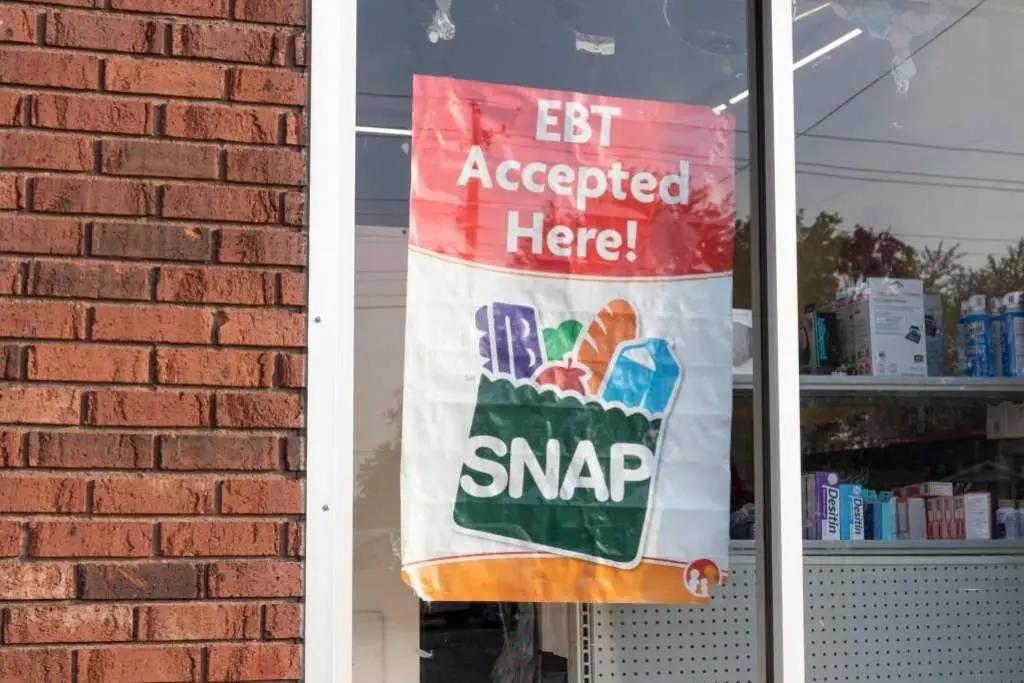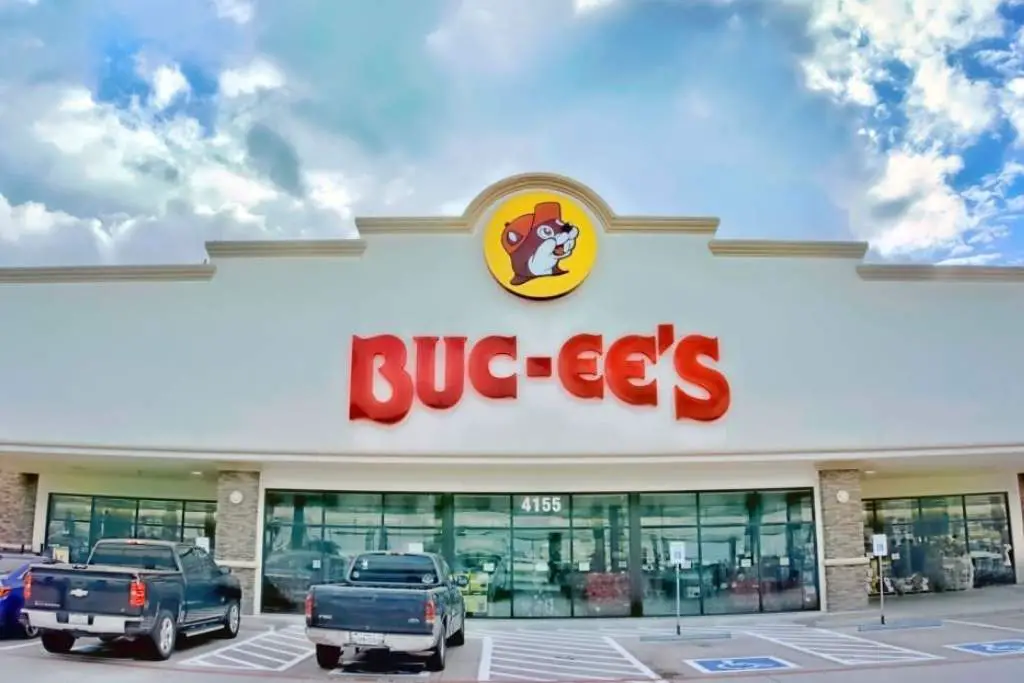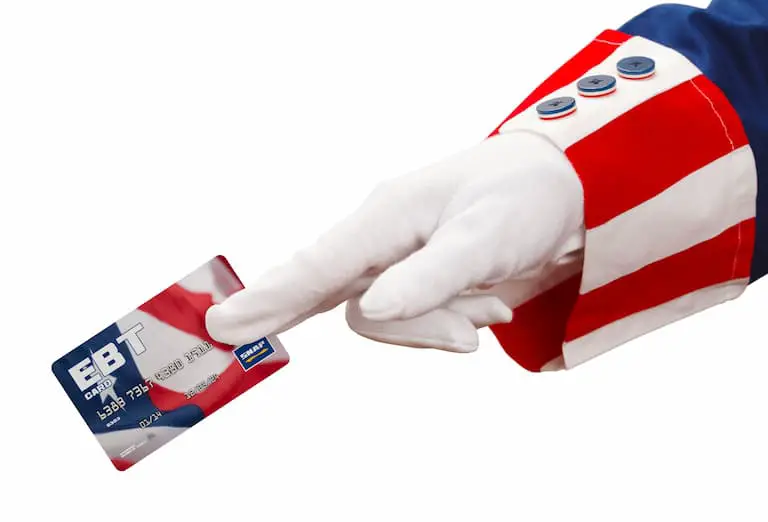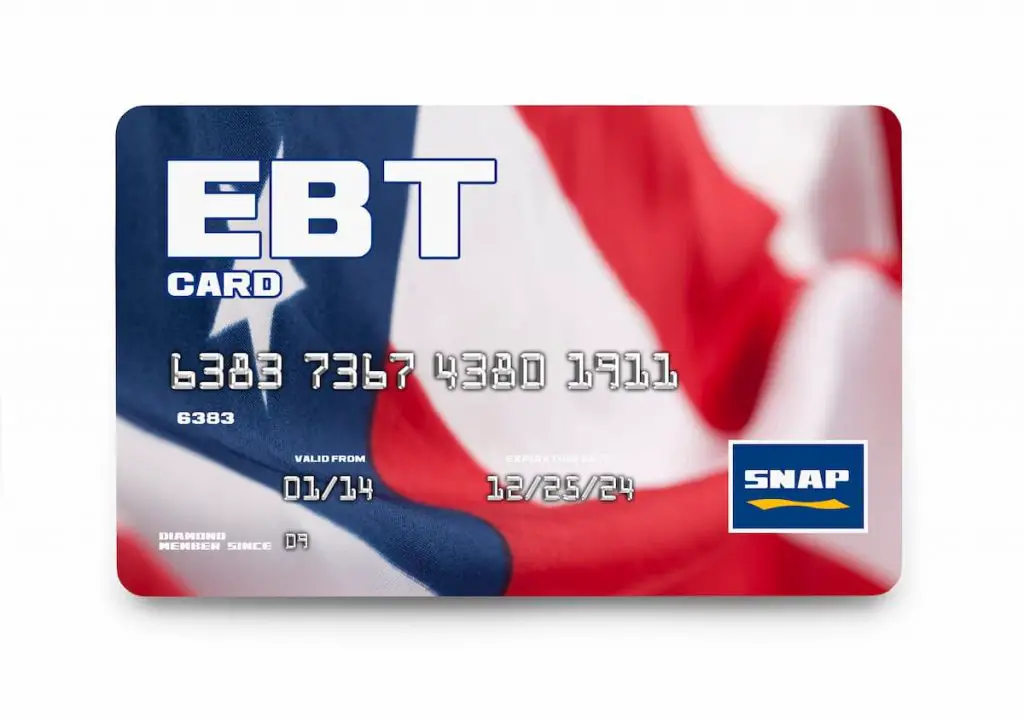Buc-ee’s sells a wide range of products that could benefit someone using EBT with SNAP. However, it is not always clear which stores participate in the program and which do not.
Buc-ee’s does not take EBT for any products it sells. Although Buc-ee’s does not publicly give a specific reason they do not take EBT, there are a couple of possibilities for why they do not participate.
So, let’s look at the criteria for a store to be part of SNAP and further detail the requirements for a company to take EBT. I’ll also delve into a few possible reasons why Buc-ee’s does not take EBT benefits.

Buc-ee’s Does Not Meet SNAP Criteria
One of the biggest possible reasons Buc-ee’s does not take EBT is that the store does not meet the proper requirements needed to be a participant in SNAP.
There are two main criteria that a company must have to be a part of SNAP. These two criteria are a specific inventory of food items and the percentage of sales made on those food items.
Inventory of Foods
To be involved in SNAP and take EBT, a store needs to inventory staple foods in specific amounts. These staple foods include both perishable and nonperishable items.
While Buc-ee’s sells many delicious foods, many items aren’t EBT-qualifying.
For example, Buc-ee’s sells all kinds of delicious treats like candy, chips, and other specialty junk foods, but these are not items that SNAP considers a necessity. The same goes for the fresh, hot foods you can purchase in the store – they are not necessary, so they do not count toward the total inventory Buc-ee’s needs to be an EBT participant.
Sale Percentages
The other main requirement to qualify for EBT is that a store needs over 50% of its gross retail sales to include the staple foods found in the food pyramid. These include:
- Bread
- Meats and poultry
- Fish
- Vegetables
- Fruit
- Dairy products
Despite how many different food choices there are available to be purchased at Buc-ee’s, the store does not make enough money from the items in those main food groups.
Because Buc-ee’s is primarily a gas station and convenience stop – albeit a massive one – a lot of its gross food sales come from snack foods, alcoholic beverage packs, and their unique quick-grab hot foods.

Additionally, Buc-ee’s sells many products that are not food. The wide range includes Buc-ee’s merchandise, household and outdoor gadgets, clothing, and gasoline, among other trinkets and knickknacks.
Between the most popular types of foods and all of the non-edible items that Buc-ee’s sells, the staple items needed to qualify for EBT likely make up less than 50% of the company’s gross income.
Financial Reasons Buc-ee’s Does Not Take EBT
If Buc-ee’s adjusted the products sold in its stores to suit the requirements of SNAP, the company would still have a few financial decisions it would need to make.
When deciding whether or not to apply to be part of SNAP, it is essential for a company to consider if taking EBT would benefit them in the long run.
It makes sense for large grocery store chains to take EBT because more than 50% of the items sold fall into the staple food category requirements. However, for a smaller company like Buc-ee’s that does meet the requirements, it takes some financial decision-making.

Increasing Revenue
If Buc-ee’s could increase its revenue considerably by taking EBT, it would be worthwhile for the store to think about adding in more staple food items that meet the SNAP requirements and applying for the program.
Unfortunately, many small businesses would not see a significant profit spike. It could even end up costing them money in the long run.
That could be a potential reason Buc-ee’s has opted out of taking EBT benefits. It might not be worth it on the revenue side, and Buc-ee’s may worry that completely changing its product list would hurt the company financially.
Complicating the Check-Out Process
Another reason Buc-ee’s does not take EBT could be that the stores would have to change their check-out process completely.
Adding a new form of payment like EBT to the company’s computer system could cost Buc-ee’s more than it would make back in profits from the items sold in SNAP.
It would also make the check-out process more difficult for cashiers and customers. Buc-ee’s may have decided that it was not worth the hassle of implementing a new system and training all store employees on how to handle an EBT transaction.
Final Thoughts
Although taking EBT as a payment option would positively affect the people utilizing it, the process would negatively affect Buc-ee’s. Making a considerable change to its store inventory while knowing it could hurt the company financially is enough to keep Buc-ee’s from taking EBT.
Related Posts:
